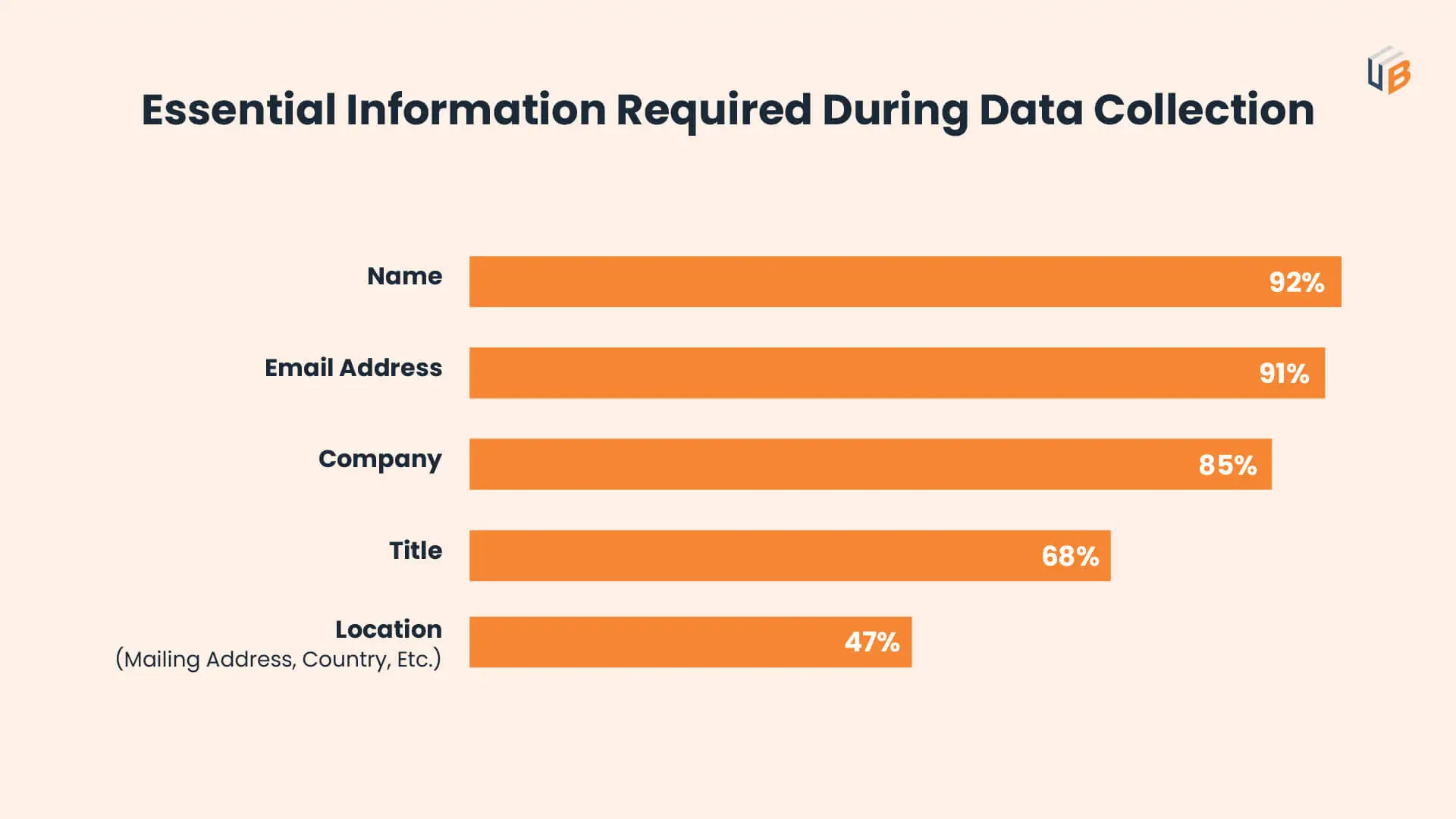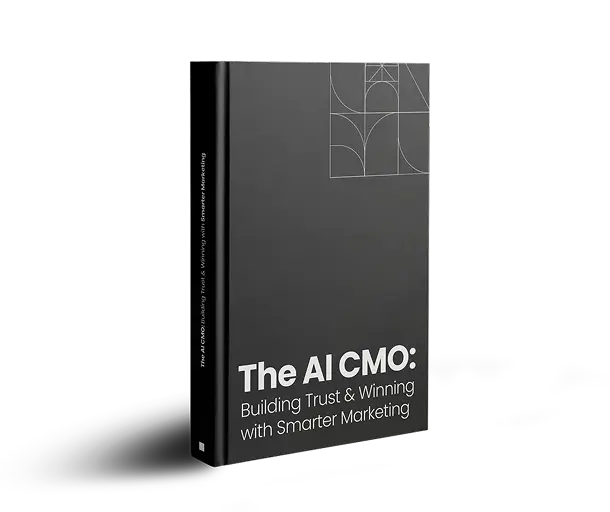
Introduction
B2B software competition demands lead generation beyond simple product display. Today’s buyers display increased knowledge and caution alongside a methodical approach to decision-making since they invest time in evaluating multiple options.
The success of software companies depends on developing strategies which demonstrate their special value proposition and solve customer challenges throughout the complete buyer’s journey sequence.
Lead generation success depends heavily on two elements – articulating a strong value proposition in addition to unified marketing-sales coordination and the implementation of advanced analytics tools.
In such scenarios’ maintaining leadership status requires both stratified planning and informed execution for lead generation in today’s dynamic market landscape.
Why Your Lead Generation Strategy Might Be Failing
Failing to highlight your key differentiators can make it difficult for potential buyers to see why your software is the best choice. Since buyers often compare multiple options before making a decision, it’s essential to clearly communicate what sets your software apart. This could be unique features, better usability, superior support, or cost-effectiveness.
Understanding both your competitors’ offerings and your customers’ needs allows you to position your software more effectively. Instead of criticizing competitors, focus on how your solution directly addresses customer pain points. A well-defined value proposition builds trust and increases the likelihood of conversion.
1. Not Highlighting Your Key Differentiators
Failing to highlight your key differentiators can make it difficult for potential buyers to see why your software is the best choice. Since buyers often compare multiple options before making a decision, it’s essential to clearly communicate what sets your software apart. This could be unique features, better usability, superior support, or cost-effectiveness.
Understanding both your competitors’ offerings and your customers’ needs allows you to position your software more effectively. Instead of criticizing competitors, focus on how your solution directly addresses customer pain points. A well-defined value proposition builds trust and increases the likelihood of conversion.
2. Partnering with the Right Marketing Experts
In essence, if you want to succeed with your lead generation campaign as a software seller, then you must find experts that specialize not only in lead generation but also in the software industry. A software lead generation specialist will help you to focus your efforts on the right activities for optimal results including higher quality leads, higher conversion, shorter sales cycles, etc.
At UnboundB2B, we help you connect with the right buyers, & make lead generation easier and more effective.
3. Not Prioritizing Your Market
Strengthening your market position always yields better results than market expansion schemes because they both consume valuable resources while lowering product sales efficiency. Marketing budgets get more examination so businesses need to concentrate their efforts first on highly motivated buyers.
Your first marketing targets are ready-to-buy leads, followed by prospects with established timelines for purchase, and lastly, prospects requiring educational instruction prior to purchase.
AI-powered analytics and predictive modeling in 2025 have improved lead segmentation accuracy, enabling companies to sort prospects through behavioral profiles combined with engagement records and organized business information.
The process of understanding customer types and validating opportunities through quantitative analytics produces better sales order priority and generates elevated profit margins with optimized lead acquisition.
4. Aligning Marketing and Sales Teams
More specifically, sales and marketing should be aligned about precisely what a qualified lead is so that there can be a smooth hand-off between both teams.
In essence, sales and marketing teams should meet and come to terms about who exactly a qualified lead is and at which point a Marketing Qualified Lead (MQL) should be handed over to the sales team as a Sales Qualified Lead (SQL).
Lead quality and Lead quantity thresholds should be mutually agreed upon so that lead generation efforts by both sales and marketing teams can be optimized.
5. Overlooking The Buyer’s Journey
Above and beyond understanding buyer personas, it is critical to also understand exactly which part of the buyer’s journey a specific lead is in. For example, if a lead is in the awareness stage, providing them with content about different features and how they contrast from other competitors can be a lead generation mistake.
On the other hand, some leads may be well beyond the awareness stage and may be looking for useful content to help them make a purchase decision. Providing helpful content for each stage of the buyer journey is critical to closing the deal.
6. Poor Timing
The modern software purchasing process relies heavily on quantitative data while remaining mindful of cost constraints and involving representatives from multiple organizational departments. Modern sales strategies must deeply analyze buyers’ purchase cycles to understand both when they buy during the year and how outside drivers such as market changes and regulatory developments influence their decisions.
Modern buyers perform thorough investigations through peer assessments and hands-on tests before making purchasing decisions. To ensure a positive purchasing outcome, the decision process involves various departments, including finance teams and IT security personnel, alongside procurement specialists who need to understand potential purchase barriers.
Using detailed knowledge of your customer journey, you can effectively reach prospects when they need information through valuable content demonstrations that raise trust levels. Position your offer as the optimal solution to gain buyers who have settled their budget by presenting convincing evidence and competitive prices with a time-sensitive approach.
7. Having a Complicated Messaging
B2B selling requires you to reach everyone involved in the buying process. Some of the individuals involved in the buying process may have a technical understanding of the software while others may not. You, therefore, need to tailor your lead generation messages to the right people based on what appeals to them.
For example, you can have a technical message including the key features and benefits of using your software directed at those with a technical understanding and an operations/finances-based message for business leaders.
Additionally, summarizing your software features into two or three sentences that highlight your unique selling proposition is crucial for grabbing attention.
8. Not Split-Testing Landing Pages
If you do not A/B test your landing pages, then optimizing the design of the page for your different target audiences becomes almost impossible because there is no one-size-fits-all formula. Additionally, ensuring that common mistakes made on landing pages are avoided is critical. Some of the common mistakes include ambiguous offers, CTAs that don’t appeal to buyer personas or the buyer journey, keeping useful information above the fold so that scrolling is not required, etc.
9. Asking For Too Much or Insufficient Information
One of the best ways to capture information about leads is by using the lead capture form. However, asking for too much information is likely to scare leads away while insufficient details won’t help you target high-quality leads. Again, split-testing what is too much or what is too little based on your goals is imperative if you want to design the optimal lead capture form.

10. Building a Strong Social Media Strategy
Having a sophisticated social media strategy that is focused on high-quality lead generation is not just undeniably crucial, but is expected as well.
The critical distinction is not just using social media but understanding where to focus your attention (choice of social media platform) and on what to focus your attention on (the message directed at different personas). Essentially, not every social media platform will be ideal for marketing your software.
Some social media platforms will be better than others based on what your target audience demands and based on where they like to be found.
11. Not Tracking Your Lead Generation Efforts
Tracking your lead generation is useful for optimizing your efforts in targeting software buyers. Depending on your specific goals and the different strategies you use to target leads, different metrics will be more useful than others. For example, if you are using email marketing, open and click-through rate will be valuable metrics to follow. Other useful metrics to track include the number of qualified leads, cost of each qualified lead, single-touch and multi-touch ROI, etc.
12. Not Generating Organic Leads
If you are buying leads and not generating them organically, then you will be at a disadvantage in the long-term. The main drawback of buying leads is that it is a short-term solution to a long-term problem. Buying reliable, high-quality leads is almost impossible, and when it is possible, the cost of these leads will often be excessively high.
The 2024 State of Marketing report reveals that search engine optimization (website, blog) was identified by 16% of marketers as a channel generating the biggest ROI. A better approach is to attract your own high-quality leads organically and allowing them to opt-in to your marketing lists. This way, you can nurture prospects and leads that are likely to become your customers and promoters over time.
13. Optimizing Top Web Pages for Lead Generation
Failing to optimize high-traffic web pages for lead generation is a missed opportunity that can significantly impact conversion rates. In 2025, user behavior data shows that visitors make quick decisions—often within seconds—on whether to engage with a website. If key pages, such as the homepage, product pages, and blog posts, lack clear and compelling conversion points, potential leads may leave without taking action.
Strategically placed Call-to-Action (CTA) buttons, lead capture forms, and interactive elements (such as chatbots or exit-intent pop-ups) improve engagement and encourage sign-ups. Additionally, AI-driven personalization has become a key factor in enhancing lead generation, allowing businesses to present relevant offers based on user behavior.
Optimizing these pages ensures that your marketing efforts don’t go to waste and maximizes the return on your website traffic. A data-driven, user-focused approach helps software companies turn visitors into qualified leads more effectively.
14. Not Having a Clear Vision or Thought Leadership
According to the 2024 Edelman-LinkedIn B2B Thought Leadership Impact Study, 75% of decision-makers and C-suite executives say that thought leadership content has led them to research a product or service they weren’t even considering. As such, publishing thought leadership during the lead generation process is useful for software companies that want to attract buyers that will eventually buy from them. The thought leadership also serves to increase trust and brand reputation in the software company.
15. Relying On Pure Word-of-Mouth
The HubSpot State of Marketing 2024 Report states that 75% of marketers believe personalization experience drives sales and repeated business. Undoubtedly, word-of-mouth referrals work great for a lot of products. However, for software products, pure word-of-mouth is not sufficient enough to sway a buyer to make a purchase decision.
Just because a software product has been recommended does not necessarily mean that it will solve a particular buyers pain point. It may nudge the potential buyer to give the suggested software a chance, but the referral may not be compelling enough to directly lead to a purchase.
It will be useful to build on the trust created through the referral by using several other strategies including the use of thought-leadership content, using surveys to gather information about pain points and then addressing those pain points directly by positioning the software product as a solution.
Conclusion
Most of the mistakes in lead generation listed above can be easily avoided by teaming up with software lead generation partners that understand your software business and the market that you speak to. Having a well thought out lead generation strategy in place is imperative if you want to focus your resources on capturing high-quality leads that will convert. Avoiding these mistakes should be a part of building your well-thought-out lead generation strategy.
Don’t let common lead generation mistakes slow your growth. Partner with experts who understand your market and know how to attract leads that convert.

Our blog
Latest blog posts
Tool and strategies modern teams need to help their companies grow.

Video has emerged as one of the most effective tools to cut through the noise and con...

The way B2B buyers research, engage, and decide has changed and so must the way marke...

Channel marketing helps B2B companies grow by partnering with third-party sellers. It...






